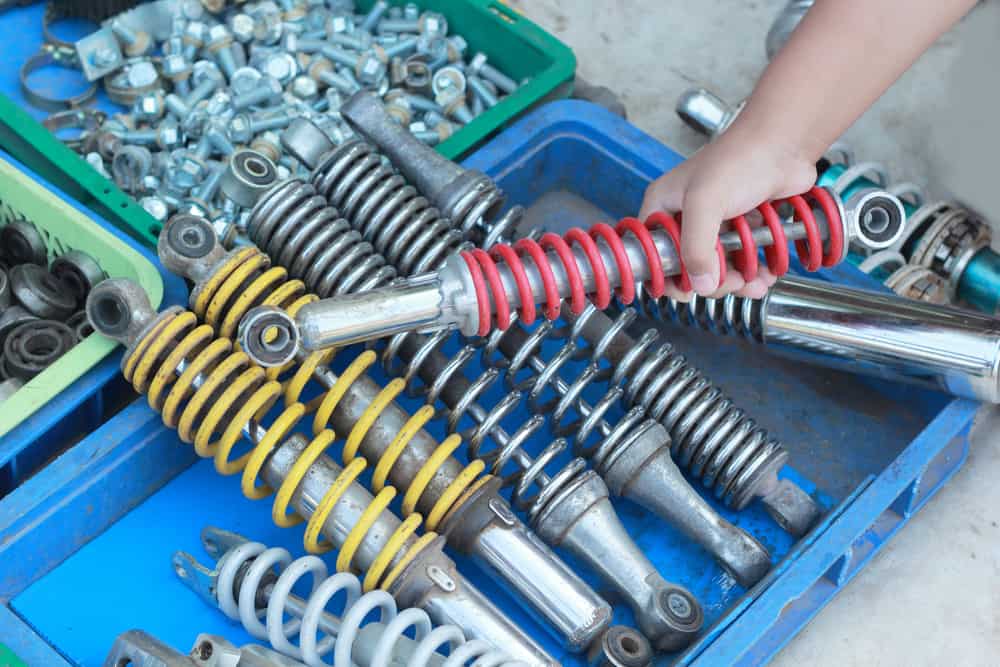
Shock absorbers form an essential part of your car’s suspension system. They are mechanical devices that are used to smooth out bumps and impacts from the road surface that could affect you and your passengers. They work by converting the kinetic energy generated from the movement of the wheels into easily dissipated thermal energy.
Structure and Mechanism
A shock absorber looks a little like a piston with a spring attached to the central rod protruding from the cylinder. The cylinder on a shock absorber contains a fluid that is used to dampen the impact of your cars wheels on any bumps or pot holes in the road surface. The spring is used to ensure that the shock absorber is always set at the same length, returning the rod of the piston to its initial position following any movement. Each wheel on your car has its own shock absorber working independently from the others, giving your car a stable ride.
Problem Signs
The first signs that your shock absorbers are no longer working is a degradation in the quality of your car’s riding experience. If you find that you are increasingly feeling bumps and shocks as you drive over uneven road surfaces, then the major culprit is likely to be some kind of shock absorber failure. Failures in shock absorbers can also manifest as vibrations in your car’s steering wheel and a kind of diving forward when braking. If you are experiencing any problems of this nature it is worth getting your shock absorbers checked as they can even cause dramatically unpredictable handling in bends, which could lead to a dangerous accident.
Checking your Shock Absorbers
The simplest way to test your car’s shock absorbers is performing a manual test. Bounce each corner of the car. If the car bounces more than two times after the initial force is applied, this may mean there is a problem with the shock absorbers and it is worth taking a closer look at the relevant unit. Raise up the car with a jack and take a look at the tyre. Uneven tread means that the shock absorber may not be holding the tyres adequately on the road. Grab the shock absorber and shake it firmly. This will reveal any damage to the mounts holding the shock on the car. Finally inspect the body of the shock absorber. Any kind of indication there has been a fluid leak is a sure sign that the unit is failing as the fluid cannot be replaced and shocks are ineffective without fluid.
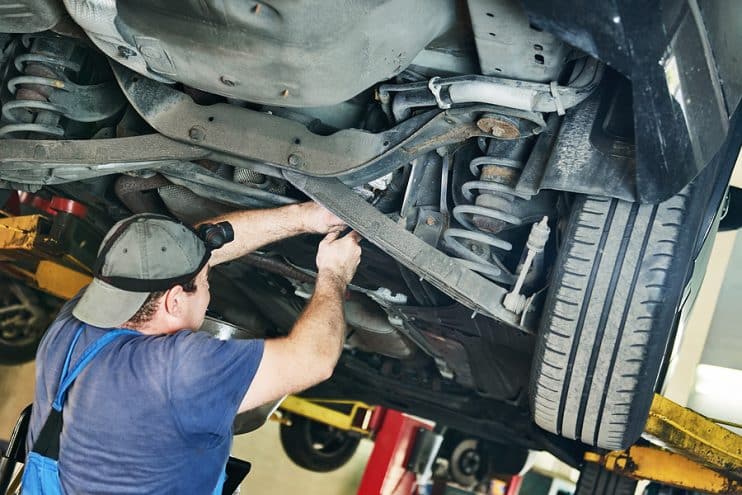
Replacing your Shock Absorbers
Shock absorbers should always be replaced in pairs to ensure that there is an equilibrium between both sides of your car. If one shock absorber is firm and new on one side, but on the other side the shock is slightly older and less responsive, this will create an uneven ride in your vehicle. It can also be economical to therefore replace all four shocks at the same time for this reason. To change a shock absorber use the following steps:
Check the new part – before you fit your new shock absorber, hold it up against the old part and ensure that it is the same length and that it uses the same kind of mounting system as your existing shocks.
Make good the bolts – as the bolts on your shock absorbers are exposed to all the dirt and water that sits on most road surfaces, this can often mean that the bolts that hold the unit in place are heavily rusted and caked with muck. It may be necessary to spray them with penetrating fluid or even use an air impact wrench to loosen them in the first instance.
Raise the car – it is important to raise the entire car up when changing the shocks. Do not allow the car to hang by the front or rear end and ensure that the entire chassis of the vehicle is supported either on a hoist or platform.
Change the shocks – unbolt the existing shocks from the mounting. This will either be a sleeve or a stem system. Pay attention to the way that the grommets and washers are arranged on each fixing and mirror these when installing the new shocks.
Torque the bolts – as the bolts on the shocks are used to hold a moving part in place that is subject to a large degree of stress and strain it is essential to ensure that this these are suitably tight against the frame work of the car.

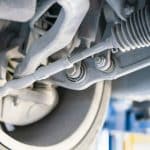
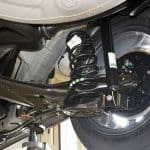



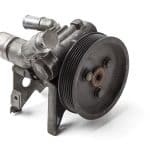


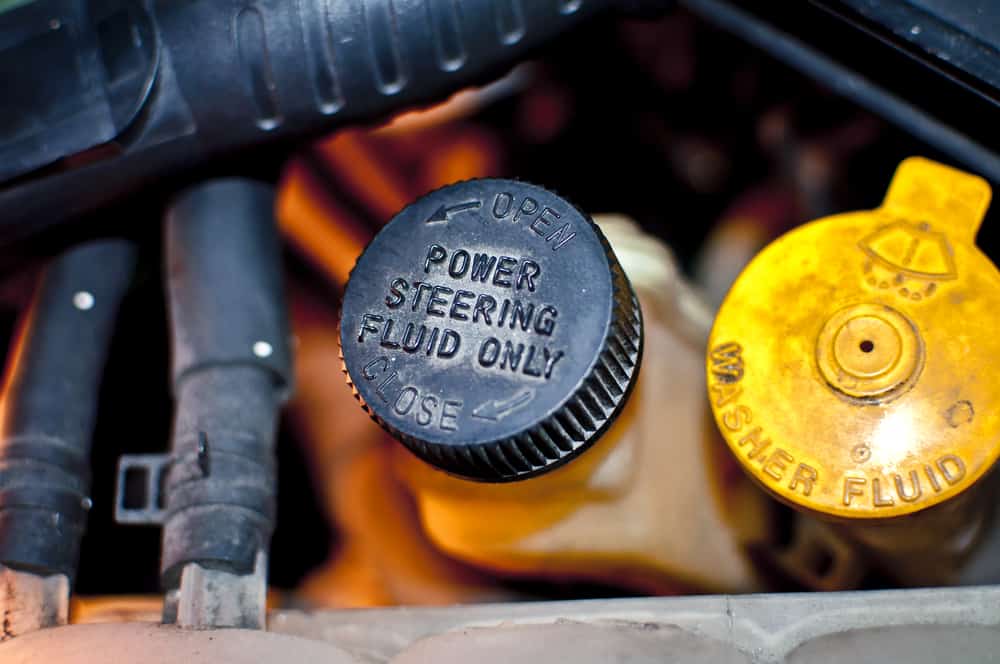
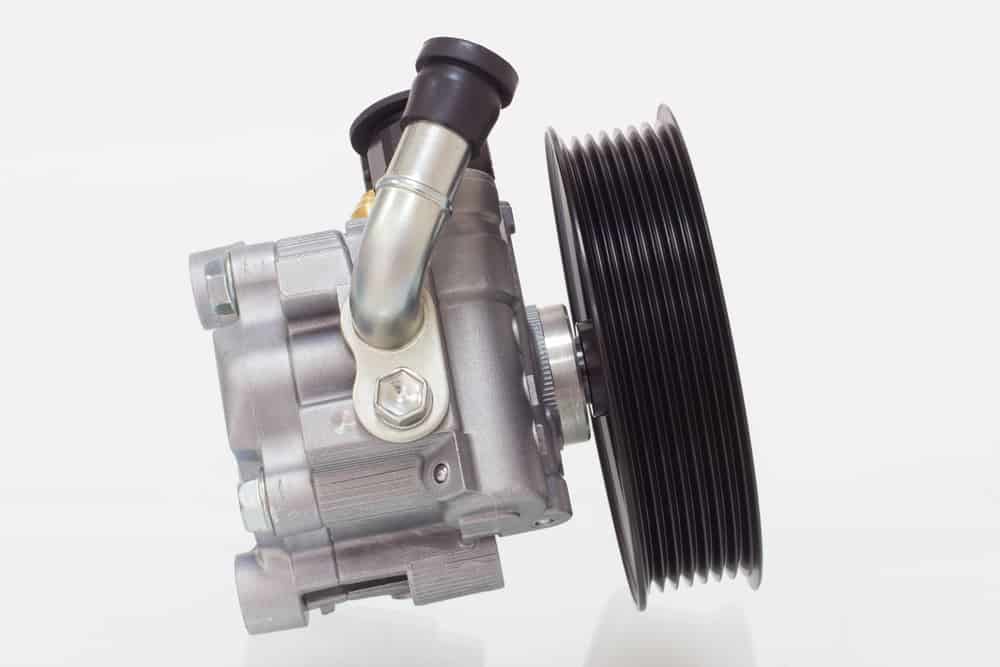
.png)